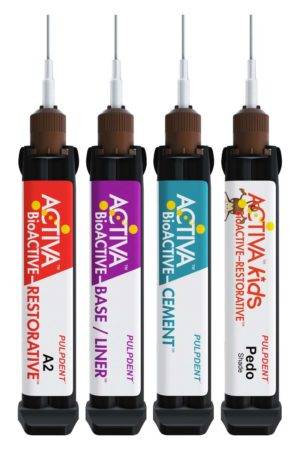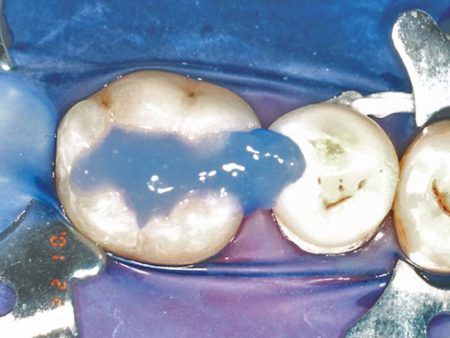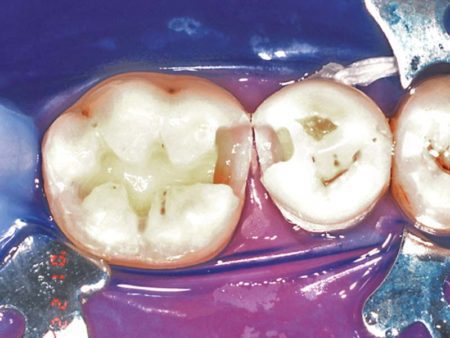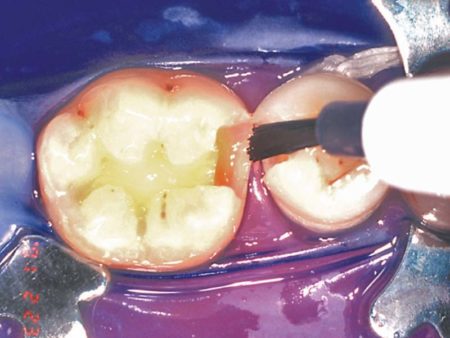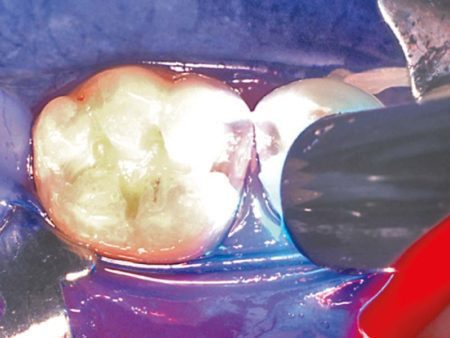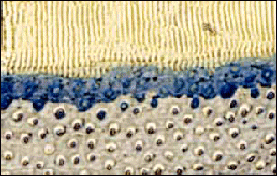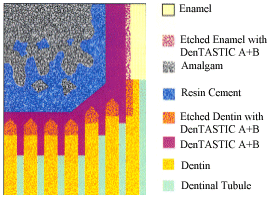
Caractéristiques :
– Force d’adhésion exceptionnelle
– Hydrophile
– Mono composant 5ème génération
Description:
DenTASTIC UNO est un adhésif photopolymérisable qui convient à toutes les surfaces dentaires et peut être employé dans de nombreuses utilisations: composites, résines chargées ou non, ciments résines.
DenTASTIC DUO est un catalyseur auto et photopolymérisant hydrophile pour DenTASTIC UNO. Utilisez DenTASTIC DUO pour les restaurations indirectes, les reconstructions, ou lorsqu’un traitement à polymérisation duale est indiqué.
DenTASTIC UNO
One-Step
Prime & Bond 2.1
34.2 MPa
32.6 MPa
31.8 MPa
Tests effectués au Département de la Dentisterie Restauratrice, Université du Texas Health Science Center à San Antonio.
One-Step et Prime & Bond 2.1 sont des marques de Bisco, Inc. et Dentsply International Inc.
Références :
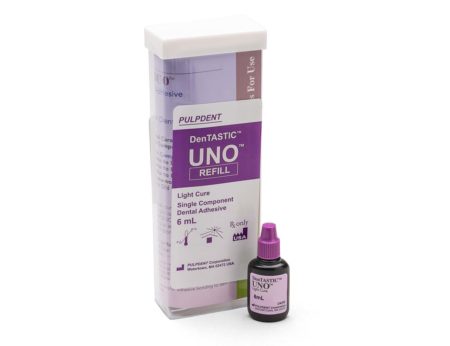
UNO-R – Flacon de UNO de 6 ml
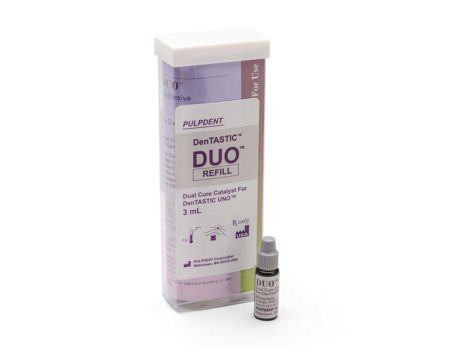
DUO – Flacon de DUO de 3 ml





